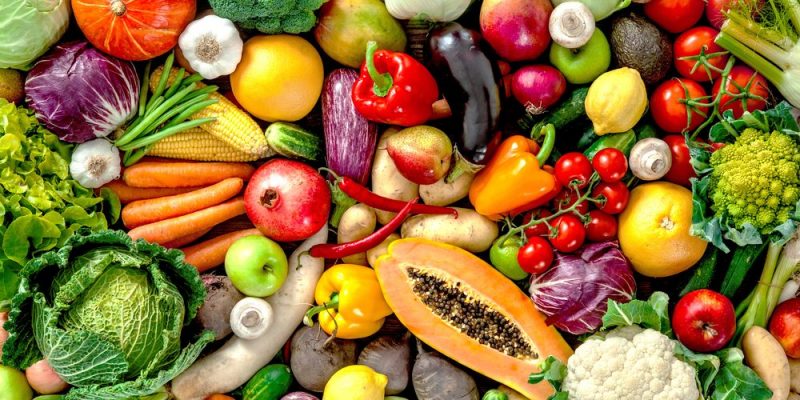When a plant in its entirety or a part of them is edible, it is often called vegetable. The cultivation of these plants, in many cases is done only for the purpose of human food, and also for animals during the breeding process. For instance: artichoke, pumpkin, cauliflower.
To be called vegetables, the color of the leaves must be green, although there are some foods that are considered as vegetables but are not characterized by having that color: the reason for the need for color is the chlorophyll pigment, which varies according to the characteristics of the food and explains the variation in greenish tones .
Vegetables actually belong to the most comprehensive group of vegetables, being this broader and including there all the foods that are produced in a garden.
The vegetable production in the world it is very important, and they represent the second most produced food group in the world, after cereals.
The nutritional value of vegetables is notorious, and despite being low in protein, fat and calorie content, it has a huge amount of vitamins (A and C) and fiber: anyway, vegetables are 80% water.
In any case, the vegetables should be washed with plenty of water before eating, and placed in a suitably clean container in order to make sure that all the possible germs present in vegetables, which accumulate during plant growth. The presence of microorganisms in poorly washed vegetables and uncooked foods, generates the appearance of numerous diseases such as colitis or worms.

Vegetables are usually incorporated into the diet in its crudest form, at most seasoned with some type of oil or vinegar: this food is called a salad, and there are various types including many species of vegetables. In any case, they admit other types of cuisine such as steam, roasted or even fried: some even blend vegetables to be able to consume them in liquid form.
By culinary customs In the West, it is common for vegetables to be somewhat withdrawn in terms of attractiveness in taste for many people, especially children: the inclusion of vegetables from the first meals is essential to instill the importance of eating this kind of food.
For different reasons it is that some people choose to have a diet in which they do not eat products derived from animals, and then they follow a diet based purely on vegetables: this diet is called a vegetarian diet.
The consumption of vegetables contributes a large amount of micronutrients that also act as antioxidants, and that protect those who consume them from some chronic diseases such as cardiovascular diseases, such as cancer and the integrity of most of the body’s tissues. This is why they are grouped in the second fundamental level of the food pyramid.
Examples of vegetables
- Artichoke
- Pumpkin
- Alfalfa sprouts
- Cabbage
- Cauliflower
- Parsley
- Lettuce
- Cilantro
- Cabbage
- Artichoke
- Arugula
- Borage
- Bean sprouts
- Chard
- Cucumber
- Beetroot
- Green bean
- Zucchini
- Leek
- Asparagus
- Thistles
- Sage
- Brussels sprouts
- Spinach
- Celery
